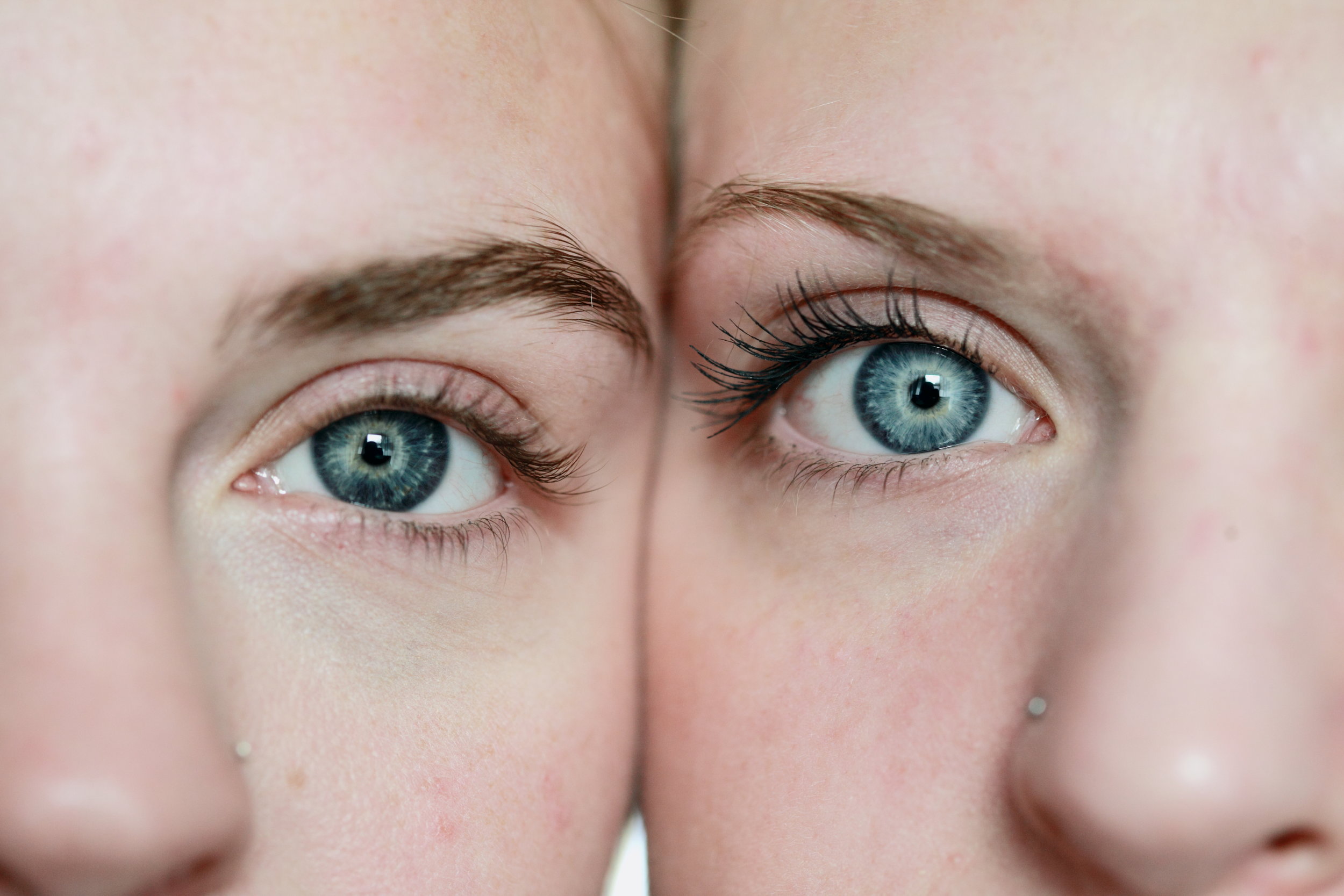Diplopia, or double vision, is the experience of seeing two images of the same object at once. While diplopia is relatively uncommon, if you suddenly experience double images when your eyes normally work well together, it is important to take this seriously and be assessed by an optometrist or ophthalmologist as soon as possible. In this way, the cause can be established and the best treatment can be given.
It is important to note that some people are born with eyes that don’t work together, a condition called strabismus. In these cases, eye muscle surgery or vision therapy may help straighten the eyes and reduce diplopia. However, over time, the brain usually adapts by shutting down or ignoring the information from one eye. This is called suppression.
Essentially there are two types of double vision;
Monocular diplopia or ghosting: This involves just one eye; where the double or ghosted image remains when the unaffected eye is closed. Possible causes:
• Refractive error (focusing error of the eye)
• Cataract
• Corneal disease
• Dry eye
Binocular diplopia: Occurs when the two eyes point and focus differently from each other. Closing either eye will eliminate the double image. The eyes can be crossed inward or turn outward. One eye can even go up while the other goes down. Possible causes:
• Eye muscle weakness or injury
• Head trauma
• General health causes such as hypertension and diabetes
• Neurological – stroke, brain tumour, swelling or aneurysm
Treatments for double vision can include surgery, vision therapy, specialised glasses or medications depending on the cause. Patching one eye while carrying out specific activities can be helpful in some cases until symptoms have resolved. However, while diplopia is being experienced, driving is prohibited. Please don’t hesitate to contact us at Eyes of Howick if you have any concerns about your symptoms.

